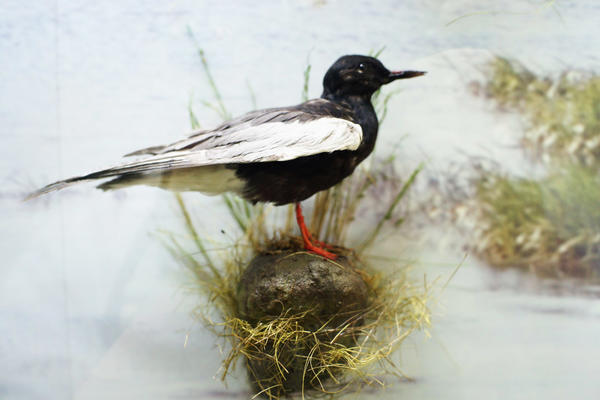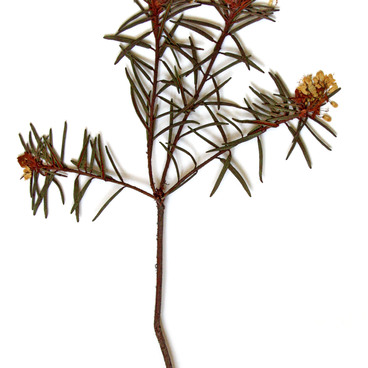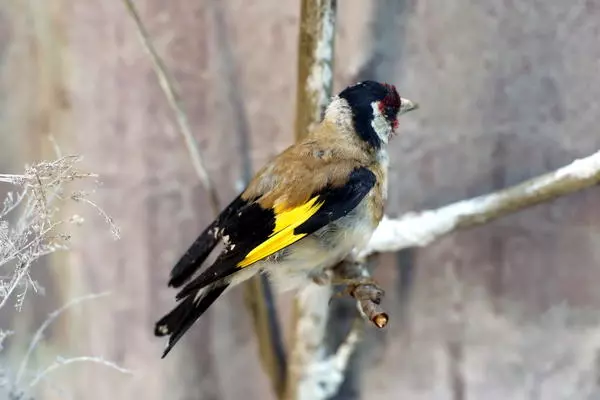White-winged (black) tern is a distant relative of a gull. It lives in mid-latitudes — from Central Europe to West Siberia — and in the Far East. You may see this tern at prairie lakes and blind creeks in Kazakhstan and Belarus. For winters this bird goes to Africa, South-West Asia or to Australian coast. The terns live in colonies comprising from several to a hundred pairs, but more often – around twenty. You may see them at swamp meadows, shallow waters and marshy banks of water bodies.
White-winged (black) tern
Время создания
2010
Размер
Kuzebay Gerd National Museum of the Republic of Udmurtia
Техника
Taxidermy
Выставка
9
Открыть в приложении#1
Sergei Evseyev
Tern
#3
#4
The tern is constantly circling in the air and seldom sits on the water. It eats aquatic insects: small dragon-flies and bugs, slugs and mosquitoes, locust and crickets, and sometimes even small fish. To find food, this bird is flying 30 - 50 cm high above water or marsh. On the fly, the tern tackles insects from stems, from the ground or water surface. Sometimes the birds are chasing food above wheat and barley crops catching dragon-flies and cereal chafers: they catch them not only in the air, but from spikes, as well. These birds can even fly behind the plough along the ribs to be able to immediately grab worms and insects maggots.
To nest, the white-winged tern uses fresh leaves and green stems, as well as small floating ‘islands’ of dead grass. It builds its ‘house’ on the laid water plants or on small hummocks. The terns start breeding after they get two years old, and they lay three eggs once per season. However, the time of laying eggs depends on the environmental conditions: favorable spring weather and aquatic vegetation. In good weather eggs may be laid as early as mid-May, but more often — by the end of the month. The nestlings leave the nest after 2-4 days upon hatching, they scatter and skulk. The adults bring them food for 9-12 days. After 18–22 days the nestlings can start flying, and after another week they leave their parents and start migrating across the places where they can find food.
#5
The white-winged tern is included into the Red Lists (of endangered species) of Tver, Kaluga and Yaroslavl regions. In Moscow region its habitats are protected in wildlife sanctuaries of the Moscow River and Zabolotskoye Lake.
читать дальшескрыть
00:00
00:00
1x
White-winged (black) tern
Время создания
2010
Размер
Kuzebay Gerd National Museum of the Republic of Udmurtia
Техника
Taxidermy
Выставка
9
Открыть в приложении
Поделиться







